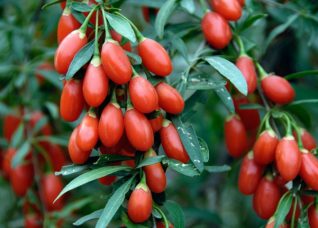
MinerAlert

MinerAlert
Lycium barbarum
Solanaceae
Gou Qi Zi.
Matrimony vine, Chinese wolfberry, Tibetan goji berry

En el Tíbet, Mongolia y China.
El fruto (baya), la corteza de la raíz y ocasionalmente las hojas.
Antes que decida tomar alguna planta medicinal o suplemento herbario, asegúrese de consultar primero con un profesional de la salud. Evite el autodiagnóstico y la automedicación: ¡Sea precavido (a)!